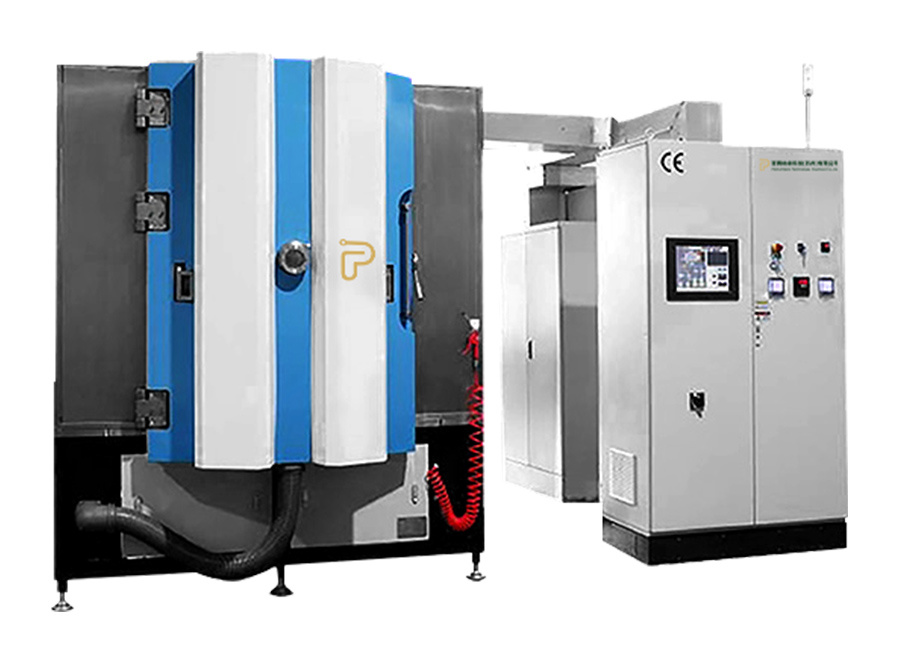Blog
PVD Coating Machine: Revolutionizing Surface Treatment with Precision and Performance
In the realm of modern manufacturing, where surface quality, durability, and aesthetics are paramount, the PVD coating machine stands as a game-changer. Physical Vapor Deposition (PVD) technology has redefined how industries approach surface treatment, offering a superior alternative to traditional plating methods. Let’s delve into why PVD coating machines have become indispensable in sectors ranging from automotive and aerospace to electronics and luxury goods.
At its core, a PVD coating machine works by vaporizing solid materials (such as metals, alloys, or ceramics) in a high-vacuum environment and depositing them as a thin, adherent film onto a substrate. This process, which involves techniques like sputtering, evaporation, or arc deposition, ensures exceptional precision—coating thickness can be controlled down to nanometers. Unlike chemical-based processes, PVD is environmentally friendly, producing minimal waste and eliminating harmful byproducts, making it a sustainable choice for forward-thinking manufacturers.

One of the most compelling advantages of PVD coating machines is the remarkable durability of the coatings they produce. These films exhibit outstanding resistance to wear, corrosion, and abrasion, significantly extending the lifespan of components. For example, in the automotive industry, PVD-coated engine parts withstand extreme temperatures and friction, reducing maintenance costs and enhancing performance. In aerospace, PVD coatings on turbine blades and structural components ensure reliability under harsh operating conditions, a critical factor for safety and efficiency.
Aesthetics are another key selling point. PVD coating machines offer a wide range of decorative finishes, from sleek metallic hues (gold, chrome, black nickel) to custom colors, with a uniform, high-gloss appearance. Luxury watchmakers, jewelry designers, and consumer electronics brands leverage this versatility to elevate product appeal, creating items that are both visually stunning and built to last. The ability to achieve consistent, blemish-free coatings even on complex geometries further sets PVD technology apart, ensuring every product meets the highest quality standards.
Efficiency is also a hallmark of modern PVD coating machines. Advanced models feature automated loading/unloading systems, precise process control via computer interfaces, and quick cycle times, maximizing productivity while minimizing human error. This efficiency translates to lower production costs over time, making PVD coating a cost-effective solution for high-volume manufacturing as well as custom, small-batch projects.
Moreover, PVD coatings are compatible with a diverse array of substrates, including metals, plastics, glass, and ceramics, expanding their applications across industries. Whether it’s improving the hardness of cutting tools, enhancing the conductivity of electronic components, or adding a scratch-resistant layer to smartphone cases, PVD coating machines deliver tailored solutions that meet specific functional requirements.
More News






